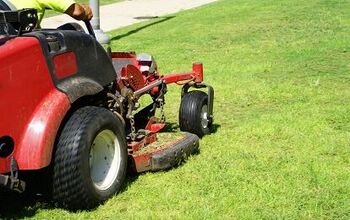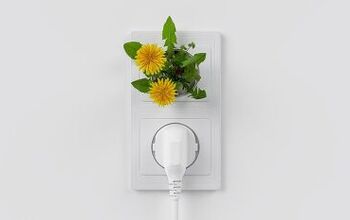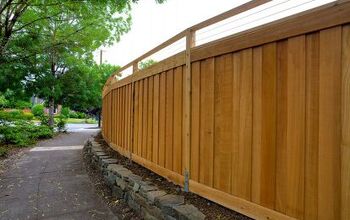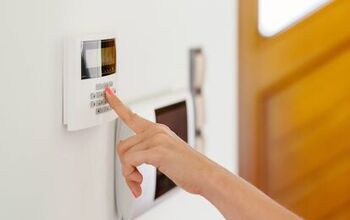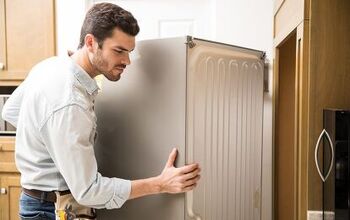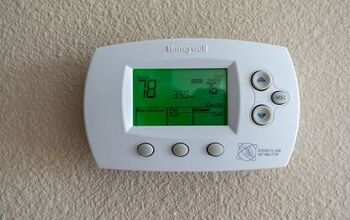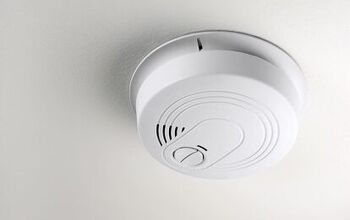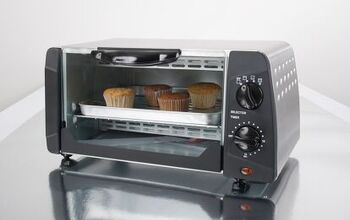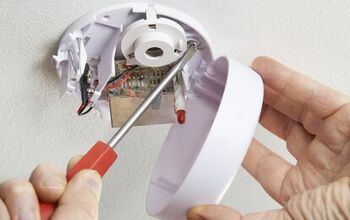No Water Dispensing From Hot Side of Faucet? (Here's a Fix)

Whether you’re doing the dishes, taking a shower, or simply washing your hands, having hot water in your home is essential. If there’s no hot water coming out of your faucet, you could be facing a major dilemma.
The main reason that water won’t come out of the hot water tap is that the water heater is leaking. Hot water won’t come out of your faucet if your pipes are frozen or if the diverter valve is stuck and damaged. Your faucet may not dispense hot water if you haven’t flushed your water tank in over 3 years.
We’re going to take a look at all of the different things that could be causing this issue. There are easy fixes to get hot water up and running again in your home. Let’s dive into the factors that could be causing the disruption.
Do You Need a Faucet, Fixture, or Pipe Repair or Replacement?
Get free, zero-commitment quotes from pro contractors near you.

Check Every Faucet
The first thing you’ll want to do is check all the faucets in your home to see if hot water will come out of any of them. Sometimes a single faucet can get clogged, causing a block in the flow of water.
If the water temperature is fine, the problem lies in your faucet itself. If it’s a major problem, calling a plumber to get the job done for you may be the easiest solution.
Just Getting Cold Water
If there’s no hot water coming out of the designated side of the faucet, it could be your water heater. This is especially true if the cold side is working just fine. Water heaters malfunction for a number of different reasons.
There could be a leak, a sediment build-up, or it could’ve just come unplugged. Flush the water heater, allow it to heat up, and try the faucet again. No worries, there are details on how to flush the water heater later on.
Look for Frozen Pipes
If you live in a state that experiences brutal winters, you’ll be well aware of what frozen pipes can do. They can stop water from flowing to all of the faucets in your home. If you’re not getting hot or cold water or just lukewarm water, this could be the culprit.
You’ll need to have the pipes thawed out before the water will start coming out of the faucet again. To unfreeze the pipes, you could use a hairdryer or a heat gun.
Going to the Source
No matter what type of boiler or water heater you’re working with, it’s essential to make sure that it’s running correctly. Check to see if the water supply is still on; it could be something as simple as that.
Another thing you could do is reset the boiler if there’s a customer-operated reset switch available. This could fix the issue and give you hot water again in no time.
Before You Continue: Watch This Video to Troubleshoot Your Faucet
Diverter Valve
If the heating in your home is working properly, but you’re not getting hot water coming out of the tap, it could be an issue with the diverter valve. This valve lets a combi boiler switch between heating different things in your home.
When the heat in your home is working, but the hot water isn’t, the valve could be faulty. Check to see if it’s stuck in a certain position, if it’s broken, or if it has become detached.
Airlocks in Pipes
One of the main causes of not getting water to come out of the tap’s hot water side is an airlock issue. This is when the air becomes trapped in the water pipes and eventually leads to partial or total water blockages.
Below I’ve included an easy way to fix this issue in just two minutes! Another way to fix the issue is to put a hosepipe on the cold water tap and connect it to the hot water tap. Then, turn on the hot water one first all the way.
The pressure from the cold tap should force the airlock out. If this doesn’t fix the issue, you could need to drain the entire system down. To do this, it’s best to enlist the help of an engineer.
Flushing a Water Heater
You should flush your water heater once every one to three years to prevent it from going out. If you’ve never done it before, or if it’s been a while, it could be the cause of your hot water problem! Here’s how you can easily flush a gas water heater yourself.
Step 1
Turn the knob of your hot water heater’s thermostat to the “off” position. You can find it near the bottom of the tank, and some folks have said they have a “pilot” mode available to use as well.
I prefer taking the safest route and turning it completely off. If you’re working with a gas hot water heater, turn off the gas. If you have an electric unit, use the breaker to turn off the switch providing power.
Step 2
Turn off the cold water supply to the water heater by switching it to the “off” position. Then, turn on the hot water in every sink and tub in your home. This allows for a flushing process and prevents a vacuum from forming in the lines as you drain it.
Step 3
While this step isn’t necessary, it makes everything go smoothly. Open the pressure relief valve to allow water to flow easily. To do this, you’ll need a bucket underneath the drainage pipe.
Water will immediately rush out and will likely be extremely hot. Let the water cool before moving onto the next step. If you do this and water doesn’t come out, it’s likely an issue with the pressure relief valve that needs to be replaced.
Step 4
Connect a garden hose to the drainage spigot. Before turning it on, ensure that the other end of the hose is in a bucket or outdoors. Depending on where your hot water heater is located, you may need to invest in a portable pump.
Step 5
Now it’s time to turn the spigot on and begin to drain the tank until the water runs clear. You’re bound to see some sediment come out during the process. The water can start out a brownish color and eventually will run clear.
Step 6
To complete the flushing part of the process, turn on the cold water spigot that leads to the hot water tank. Let this run until the water coming out of the hose is completely clear. This can take a while, and there may be a tiny amount of sediment still coming out.
Turn the cold water spigot off when the water is clear and sediment-free.
Step 7
It’s time to finish up, and the best way to do that is by doing everything in reverse. Turn off any spigots that are in the “on” position and disconnect the hose from the water heater. Then, close the pressure relief valve if you had it opened.
Turn off the water on any faucets you turned on at the start of the flushing process. Then, turn on the cold water spigot leading to the water heater. Allow the tank to fill up and ensure that the gas to the unit is back on.
Relight the pilot or flip the breaker switch again, depending on if you have a gas or electric appliance. It should take around 20 minutes for the water to heat up. Turn on one of the hot water spigots in your home to make sure the water is now coming out hot.
Do You Need a Faucet, Fixture, or Pipe Repair or Replacement?
Get free, zero-commitment quotes from pro contractors near you.

Related Questions
Why do I suddenly have no water?
If you all of a sudden don’t have any water pressure in your whole house, there’s something wrong with the water supply system. It could be a broken water main in your neighborhood, or it could be a pressure regulator. The easiest way to check it by screwing a meter onto the faucet to check the water pressure.
How do I get the air out of my hot water pipes?
To get the air out of the hot water pipes in your home, you can slightly turn on both hot and cold water on every faucet. Allow the water to run for a few minutes. This lets the water pressure come out of the system and forces all air out of the pipes.
Is air in water pipes dangerous?
Having air in your water pipes is natural. It doesn’t cause any damage to your home’s plumbing in general. Having an excess of water pressure could negatively affect the water lines on your property.
Related Guides

Kirstin is a passionate writer who loves helping people learn new things when it comes to home improvement. When she's not behind a keyboard, she enjoys DIY projects, crafts, spending time with her pets, and making videos. She hopes that with all she writes, someone is finding a solution to their home improvement needs.
More by Kirstin Harrington



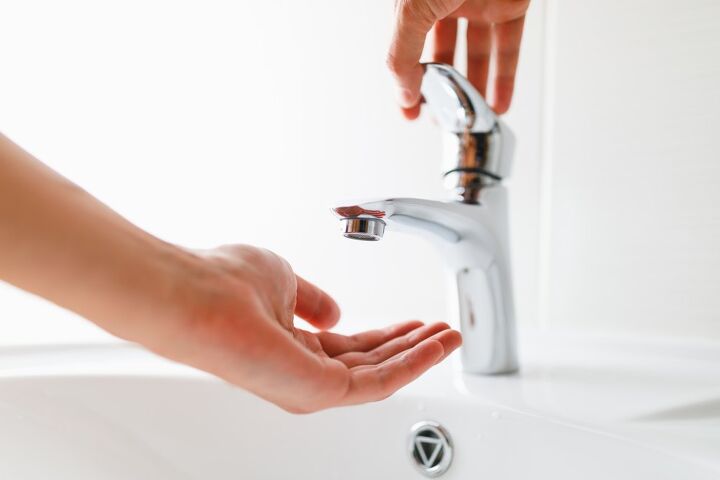






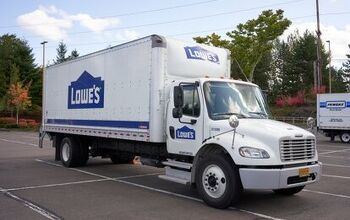

![How Much Weight Can a 4×4 Support Horizontally? [It Depends!]](https://cdn-fastly.upgradedhome.com/media/2023/07/31/9070333/how-much-weight-can-a-44-support-horizontally-it-depends.jpg?size=350x220)
